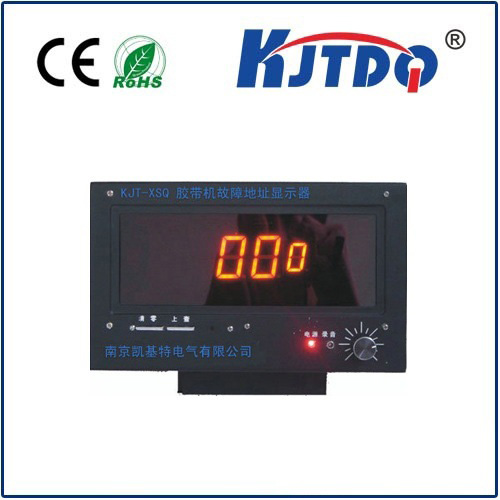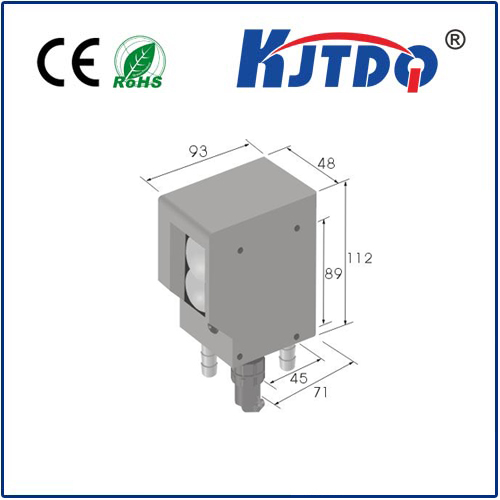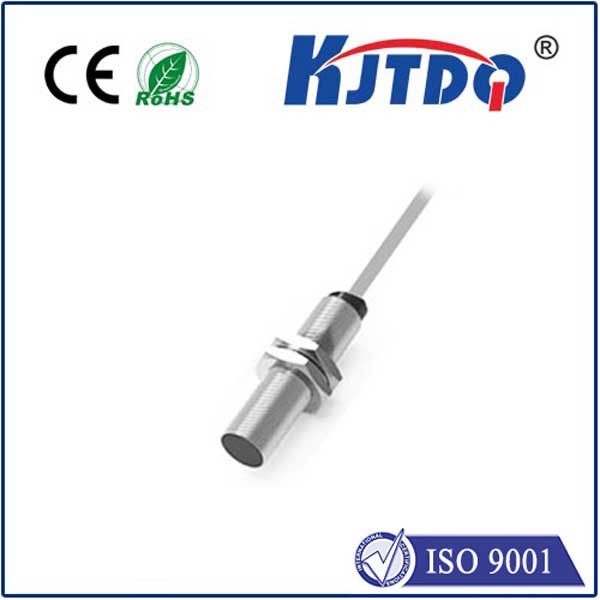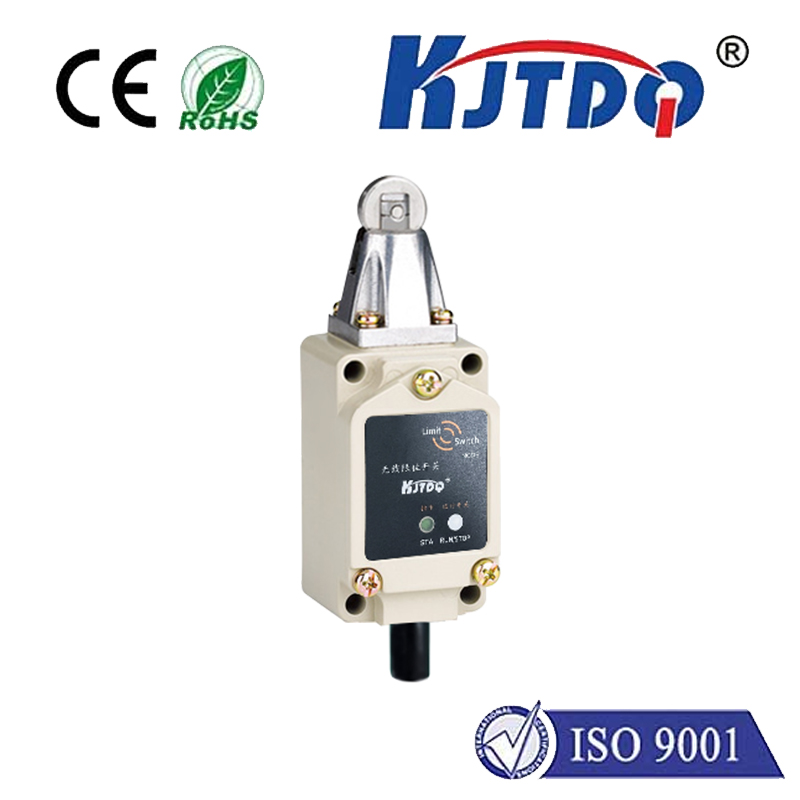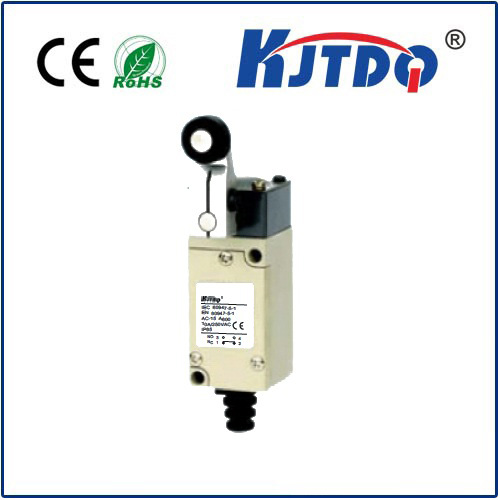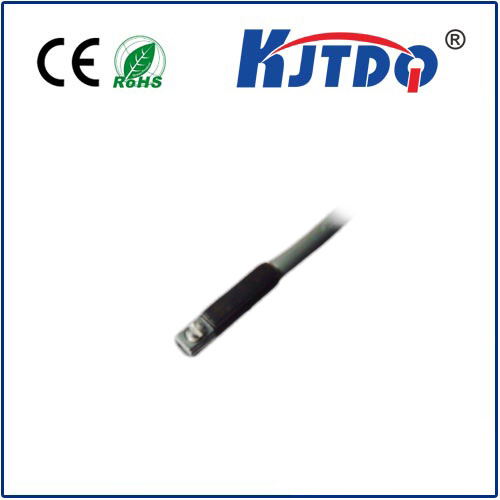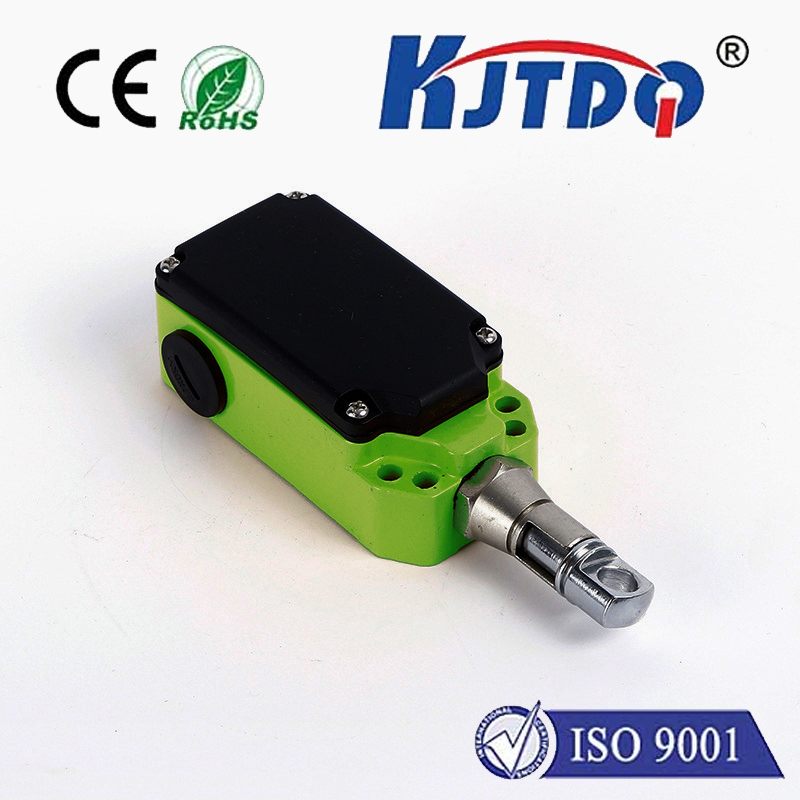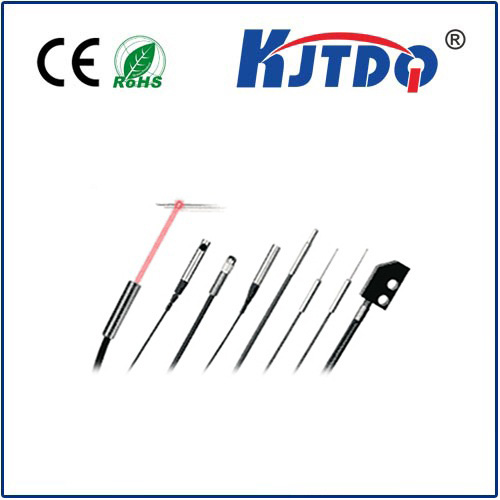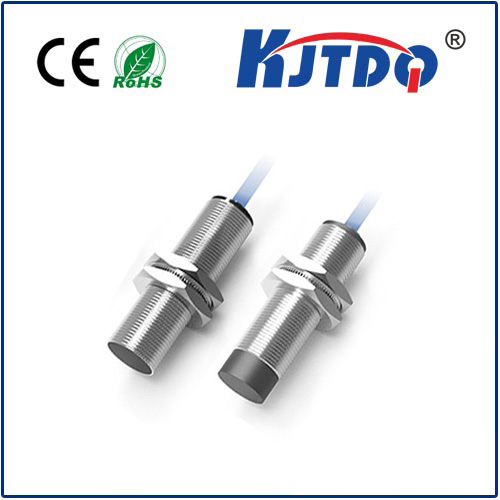continuous temperature monitoring
- time:2025-08-19 14:00:00
- Click:0
The Vital Role of Continuous Temperature Monitoring in Modern Industry and Healthcare: Ensuring Precision and Safety
Imagine a truck carrying life-saving vaccines traversing scorching desert terrain. What if the refrigeration system fails silently? Or picture a sophisticated semiconductor fabrication line; a tiny, undetected temperature spike could ruin an entire batch of microchips worth millions. These critical scenarios underscore the indispensable nature of continuous temperature monitoring. Far more than just periodic checks, this technology provides an unbroken stream of real-time data, enabling proactive intervention, safeguarding valuable assets, and protecting human health. It’s the silent guardian ensuring processes remain within optimal parameters and integrity is preserved.
Understanding the Core: Beyond Simple Thermometers
Gone are the days of solely relying on manual spot checks or basic thermostats. Continuous temperature monitoring represents a sophisticated ecosystem involving specialized hardware, robust data transmission protocols, and intelligent software platforms.
- Sensing Technology: High-precision sensors (like RTDs - Resistance Temperature Detectors, Thermocouples, or modern Solid-State Sensors) are deployed at critical locations. These devices provide the fundamental temperature readings with high accuracy and stability suitable for demanding environments.
- Data Acquisition & Transmission: Readings are captured at frequent, pre-defined intervals (often seconds or minutes). Real-time data transmission occurs via various methods: hardwired connections, robust industrial networks, or increasingly, wireless IoT (Internet of Things) technologies like LoRaWAN, NB-IoT, or cellular networks, enabling remote monitoring even in challenging locations.
- Centralized Data Platform & Visualization: Sensor data feeds into a centralized digital platform, typically cloud-based. This provides real-time dashboards, historical trend analysis, and consolidated views across multiple locations or assets. Visualization is key for rapidly identifying anomalies.
- Intelligent Alerts & Action: The system’s power lies in automation. If readings exceed preset safe ranges (high or low), automated alerts are triggered instantly. These can be SMS, emails, mobile app notifications, or integrated alarms. This enables immediate corrective action, preventing minor deviations from escalating into major failures.
Industrial Applications: Precision, Protection, and Profitability

Industries where temperature control is paramount rely heavily on continuous monitoring:
- Pharmaceuticals & Biotech: Maintaining strict temperature conditions (cold chain integrity) during storage and transit of vaccines, biologics, and sensitive reagents is non-negotiable for efficacy and regulatory compliance (GxP). Continuous monitoring provides auditable proof of compliance and early warning of deviations. A single failure can compromise patient safety and lead to massive financial losses.
- Food & Beverage: From production and processing to cold storage and transportation, continuous monitoring ensures product safety, quality, and shelf life. It helps prevent spoilage, bacterial growth, and maintains nutritional value, directly impacting consumer safety and brand reputation while reducing waste.
- Semiconductor & Electronics Manufacturing: These processes demand extreme temperature precision. Tiny fluctuations can lead to defects, yield loss, and costly production downtime. Continuous monitoring across furnaces, etching baths, and cleanrooms is essential for maintaining nanometer-scale tolerances.
- Energy & Utilities: Monitoring critical infrastructure like power transformers, turbines, and industrial ovens. Abnormal temperature rise can indicate impending failure, excessive energy consumption, or safety hazards. Early detection enables predictive maintenance, preventing catastrophic breakdowns and optimizing energy use.
- Research Laboratories: Sensitive experiments (e.g., cell cultures, chemical reactions, material stability testing) require stable temperature environments. Continuous monitoring ensures experimental integrity and reproducibility.
Healthcare: Guardians of Patient Safety
The stakes are profoundly high in healthcare settings:
- Vaccine & Medication Storage: Refrigerators and freezers storing vaccines, insulin, chemotherapy drugs, and other temperature-sensitive medicines must be continuously monitored. Real-time alerts prevent the administration of compromised medications, protecting vulnerable patients. Regulatory bodies mandate this level of oversight.
- Blood Banks & Tissue Storage: Blood products, plasma, and transplant tissues have extremely narrow safe temperature ranges. Continuous monitoring is critical for maintaining viability and ensuring patient safety during transfusions and transplants.
- Patient Monitoring: While focused on core body temperature, the principle of continuous monitoring is vital in critical care (ICUs), neonatal units, and during surgeries. Continuous core temperature sensing via probes provides clinicians with essential, immediate feedback on patient status, aiding in diagnosis and treatment refinement, especially for conditions like sepsis or post-operative care.
The Evolving Landscape: AI, LoT, and Predictive Power
The future of continuous temperature monitoring is driven by integration and intelligence:
- Integration with Building Management Systems (BMS) & SCADA: Temperature data becomes part of a holistic operational view, enabling centralized control and optimization of HVAC and process systems.
- The Power of IoT: Wireless IoT sensors drastically reduce installation costs and complexity, facilitating monitoring in remote or previously inaccessible locations. Battery life improvements are extending deployment durations significantly. The growth of IoT platforms simplifies sensor management and data access.
- AI & Predictive Analytics: Moving beyond simple threshold alerts, AI algorithms analyze historical and real-time data. They identify subtle patterns, predict potential equipment failures (predictive maintenance), optimize energy consumption proactively, and provide deeper operational insights. This transforms reactive monitoring into a proactive management tool.
- Enhanced Data Security & Compliance: As systems become more connected, robust cybersecurity measures and adherence to data privacy regulations (like HIPAA in healthcare) are paramount.
Conclusion: An Imperative for Quality, Safety, and Efficiency
From safeguarding the potency of a life-saving vaccine to ensuring the flawless production of a cutting-edge microprocessor, continuous temperature monitoring has evolved from a luxury to a critical operational backbone. It delivers unprecedented visibility, instantaneous alerts, and actionable intelligence. Whether driven by stringent regulatory requirements, the pursuit of operational excellence, or the fundamental duty to protect human health, the ability to monitor temperature without interruption is no longer optional. It is an essential investment in quality assurance, risk mitigation, resource optimization, and ultimately, the success and safety of modern operations across vital industries. Implementing robust continuous monitoring is synonymous with responsible and resilient operations in the 21st century.












